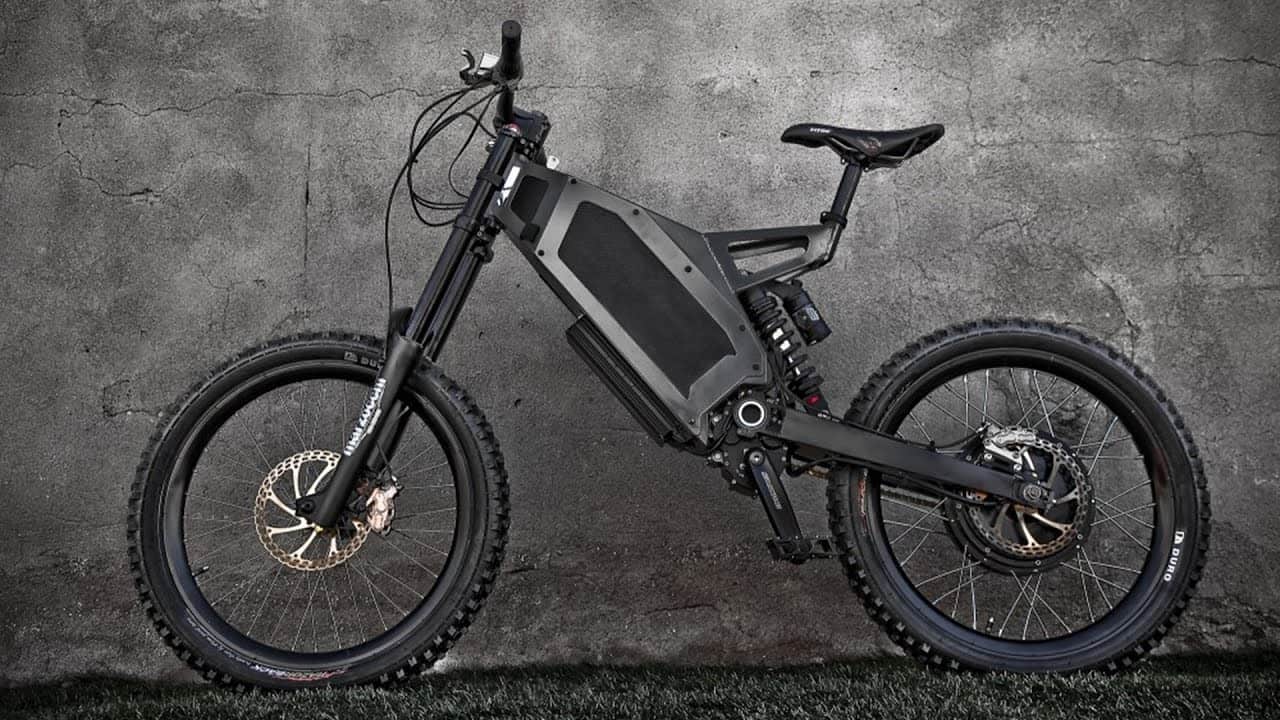Unless battery technology advances exponentially, "battery swap" is the future.
The battery pack(s), for motorcycles. don't HAVE to be that big. You can't carry a HUGE battery.
Check out the battery for that Segway. Perfect example. The battery pack weighs about 15#. (and costs $1600USD)
A bigger Segway bike would get TWO battery packs. Your Goldwing gets 12.
(You WANT the smallest battery pack you can abide, that way when one cell dies you're not replacing a $5,000 battery pack. there IS a battery rebuild industry).
Cars are a different matter.
Make a standard battery pack, mounted under the car. Pull into an automated battery change center and bingo bango bongo, the machine changes the battery(s) in your car and off you go. The logistics involved is simpler than the petroleum model we're working with now.
You could own a battery for local trips (little $) that you charge at home, but on the weekend when you're off to visit nana in Le Belle Province, you go to your local battery center, get a extra long range rental battery (BIG$$$$$), stop in Kingston or Cornwall, swap batteries, carry on. When you get home go back to the local battery center, turn in the rental, and get your battery installed... in three minutes.
When batteries improve, they get more power dense, they don't get bigger, so a standardized battery size will not hinder development.
Vehicle design is "constrained" to allowing for a standard size battery and access to it. Hell they can build a car with CUP HOLDERS so I don't REALLY see any design issues. It goes under the car. Put in the front, back or middle (you want it in the middle) as long as you have access....
Want proof?
We've had "C" cell batteries for more than 50 years. EVERYTHING that runs off "C" cell batteries has changed immensely in that time, but the battery is the same... BUT you can buy a lithium ion "C" cell substitute.
The GM EV1 did three battery updates in it's short life, all with a standardized battery pack, and the plan was to have "swappable" battery packs.
While we're at it we should standardize drive train, for all the same reasons.
What we need is what a Checker Marathon tried to be.
Buy a body shell that you can put any of several different drive trains into.
The hot setup for a Checker was a Mopar Super 6, GM TH400 trans with a Ford 9" diff. They'd go FOREVER.
... the biggest problem is the auto industry has no interest what so ever in selling us the car we need or even want. We NEED a car that doesn't kill us and the environment
The auto industry likes when they can charge $9,000 for a battery pack and doesn't want to change THAT part of the equation. They like all this proprietary BS. The auto industry's biggest "constraint" on design is the auto industry's bottom line. Always was, always will be.



